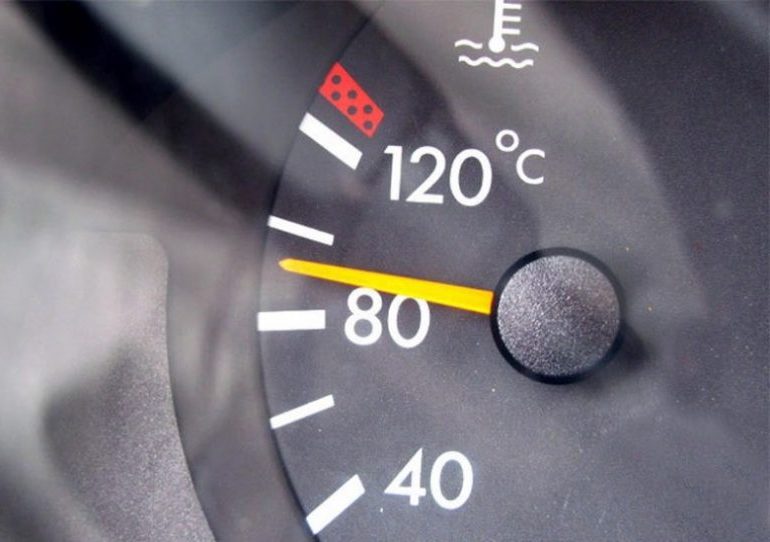
Warm up the engine before driving: is it necessary or not?
Content
Recently, more and more arguments have begun to appear that the engine needs to be warmed up only in motion. That is, he started the engine and drove off. This is what many eminent automotive publications and even automakers themselves say. The latter, as a rule, mention this in the user manual. Within the framework of the article, we will try to figure out whether it is still necessary to warm up the engine in winter or summer and how to do it correctly.
Advantages and disadvantages
The main advantage of warming up is the reduction of possible wear of parts. power plant, which can arise from increased friction. One of the obvious disadvantages of warming up the engine at idle speed is the increase in exhaust gas toxicity. This is due to the fact that the engine is not warmed up to operating temperature and the oxygen sensors have not reached the specified mode. In order to ensure the stable operation of the engine until the optimum temperature is reached, the electronic control unit enriches the air-fuel mixture.
Do I need to warm up the car in summer or winter
The main reason for warming up the engine was that the engine was subjected to very high loads “cold”. Firstly, the oil is not yet so fluid - it takes time for it to reach operating temperature. Due to the high viscosity of cold oil, many moving parts of the engine experience “oil starvation”. Secondly, there is a high risk of scuffing the cylinder walls due to insufficient lubrication. I.e do not give the motor a heavy load until it has warmed up to operating temperature (usually 80-90 ° C).
How does the engine warm up? The metal insides of the engine warm up the fastest. Almost simultaneously with them, the coolant warms up - this is exactly what the arrow / temperature indicator on the dashboard signals. The engine oil temperature rises slightly more slowly. The catalytic converter comes into operation for the longest time.
If the engine is diesel
Does the diesel engine need to be warmed up? The design of diesel engines (ignition of the air-fuel mixture by compression) differs from their gasoline (spark ignition) counterparts. Diesel fuel at low temperatures begins to thicken and, accordingly, is less susceptible to atomization in the combustion chamber, but there are winter types of “diesel fuel” with additional additives. In addition, modern diesel engines are equipped with glow plugs that heat the fuel to normal temperature.
It is more difficult for a diesel engine to start in frost, and the combustion temperature of diesel fuel is lower than gasoline... Therefore, at idle, such a motor heats up longer. However, in cold weather the diesel should be allowed to run for 5-10 minutes to ensure a slight warm-up and normal oil circulation throughout the engine.
How to warm up properly
From the foregoing, we conclude that it is still necessary to warm the car's power plant. This simple process will help protect the motor from premature wear.
How to quickly warm up the engine? The following algorithm of actions is optimal:
- Starting the motor.
- Preparing the car for the trip (clearing snow, ice, checking tire pressure, and so on).
- Wait for the coolant temperature to rise to approx. 60 ° C.
- Start driving in a quiet mode without a sharp increase in engine speed.
Thus, the load on the engine is minimized and the warm-up time is maximally accelerated. Nevertheless, at low temperatures, it is advisable to warm up the car completely, and then start driving without sudden loads in order to also warm up the gearbox evenly.
Separately, special additional equipment can be distinguished - pre-heaters. They can run on gasoline or electricity. These systems separately heat the coolant and circulate it through the engine, which ensures uniform and safe warming up.
Useful video
Check out the video below for more information on the need to warm up the engine:
Recently, almost all foreign automakers say that their engines do not need to be warmed up at idle speed, they can go right away. But this was done for the sake of environmental standards. Therefore, warming up at idle speed can significantly extend the life of the vehicle. The engine should be warmed up for at least a few minutes - during this time the coolant will reach a temperature of 40-50 ° C.